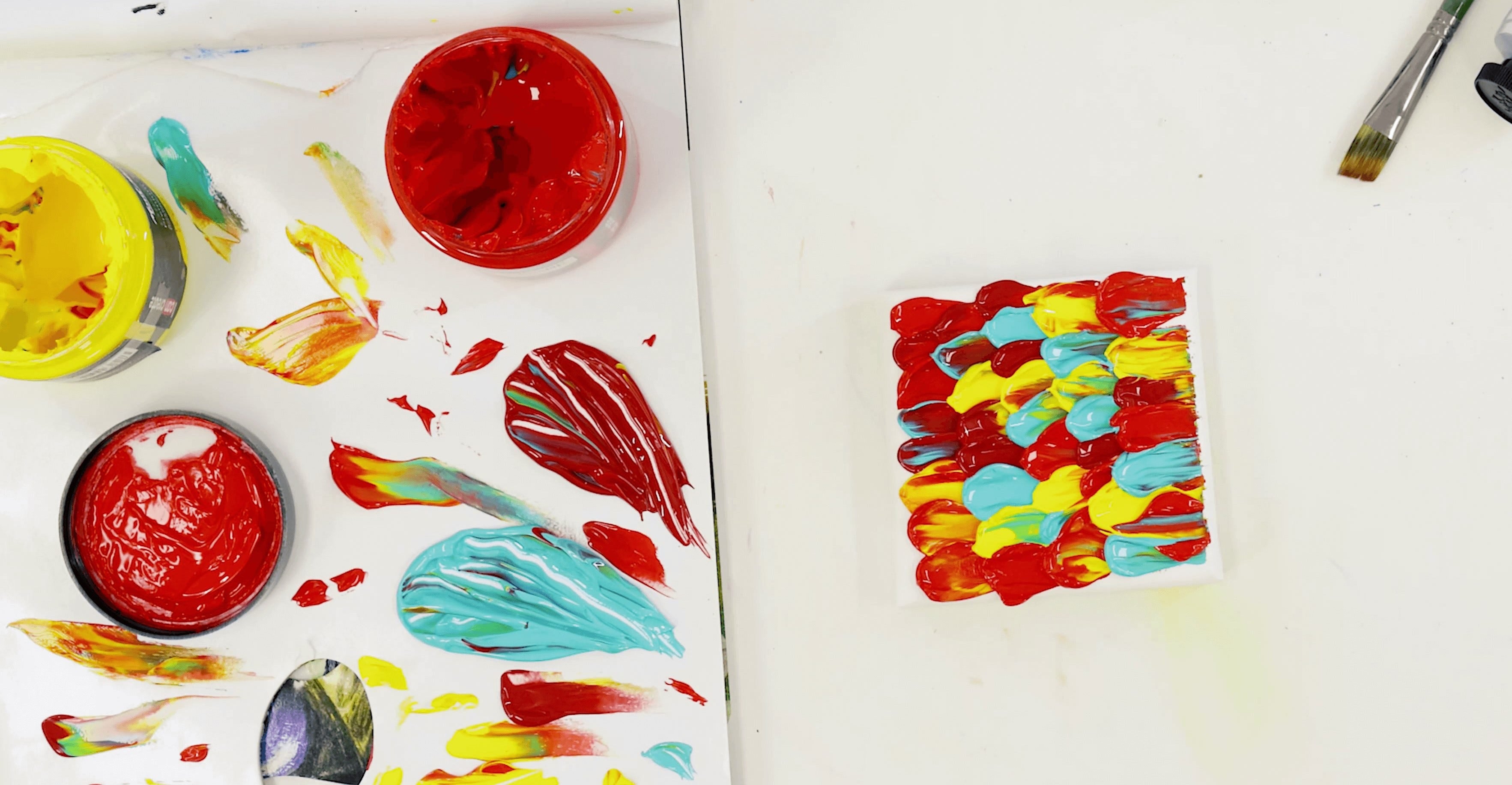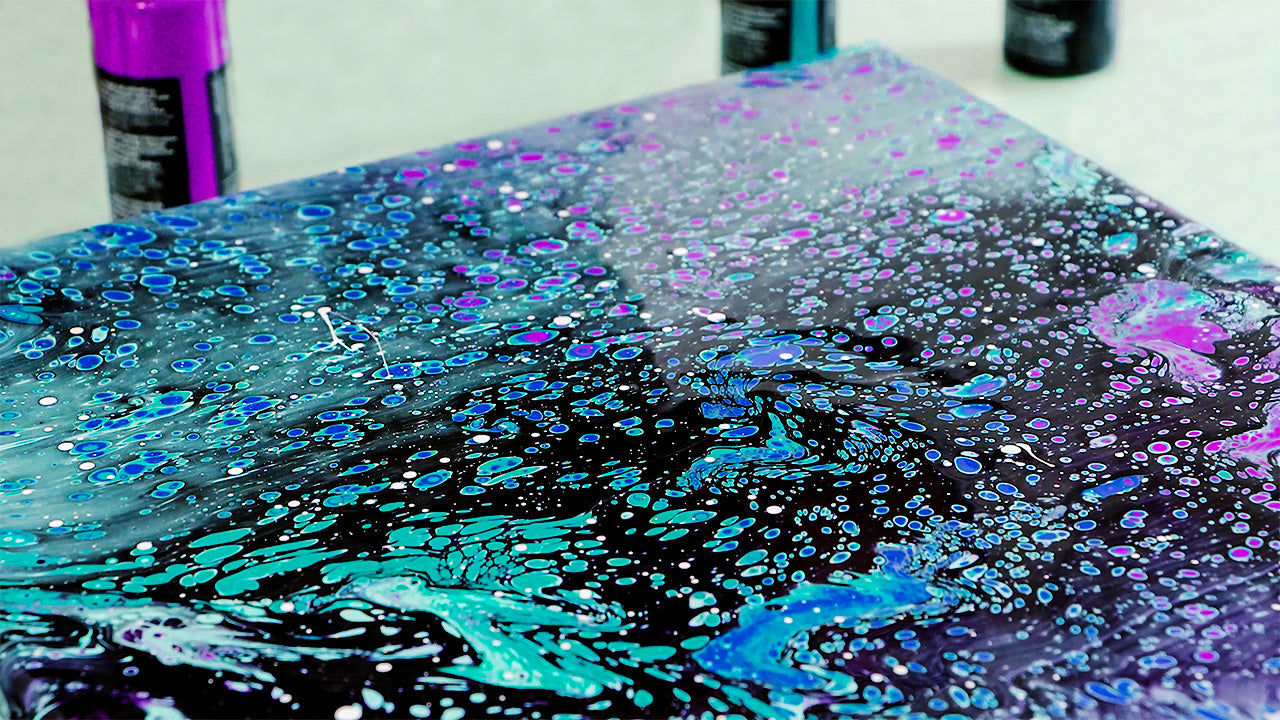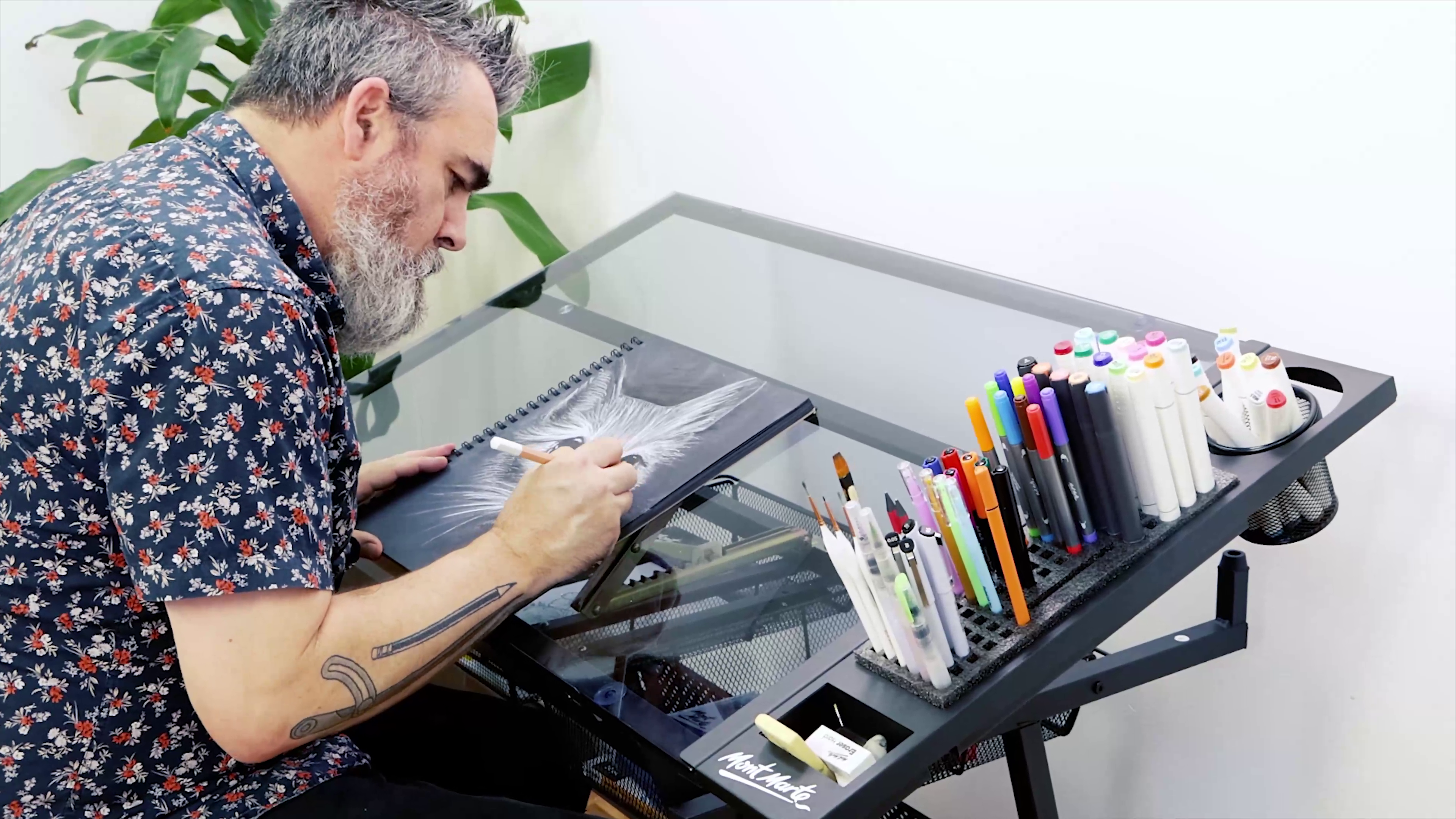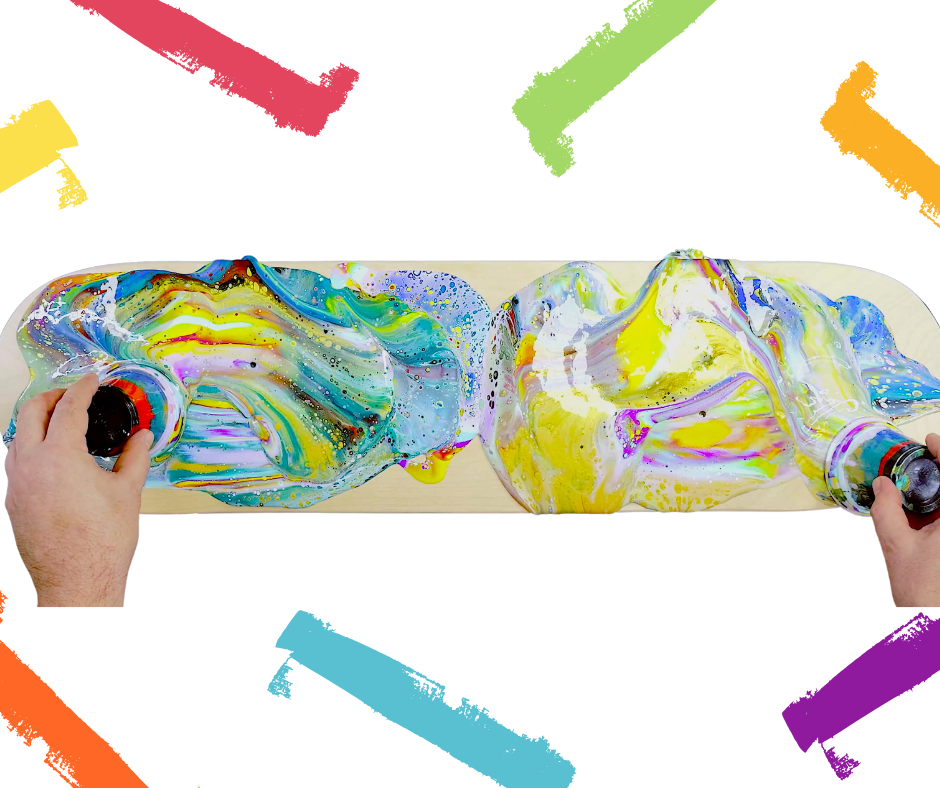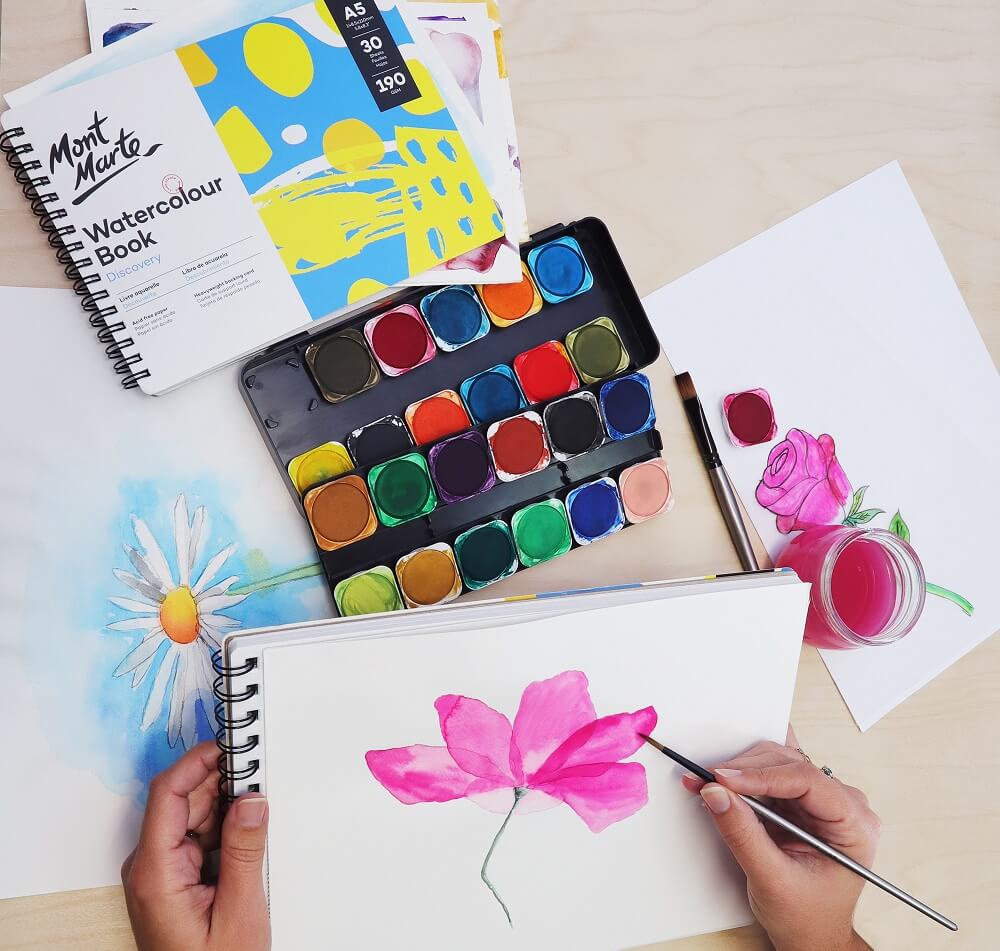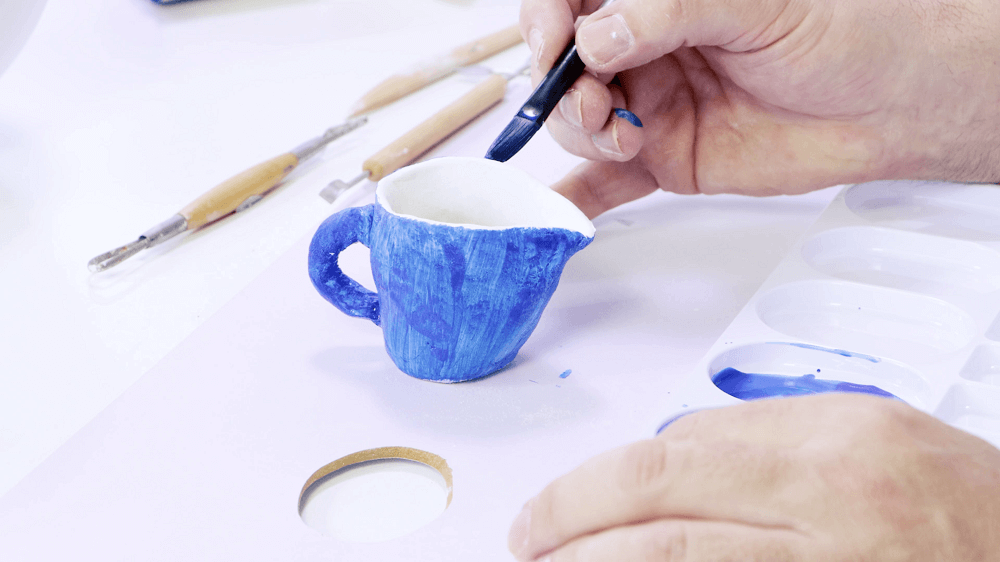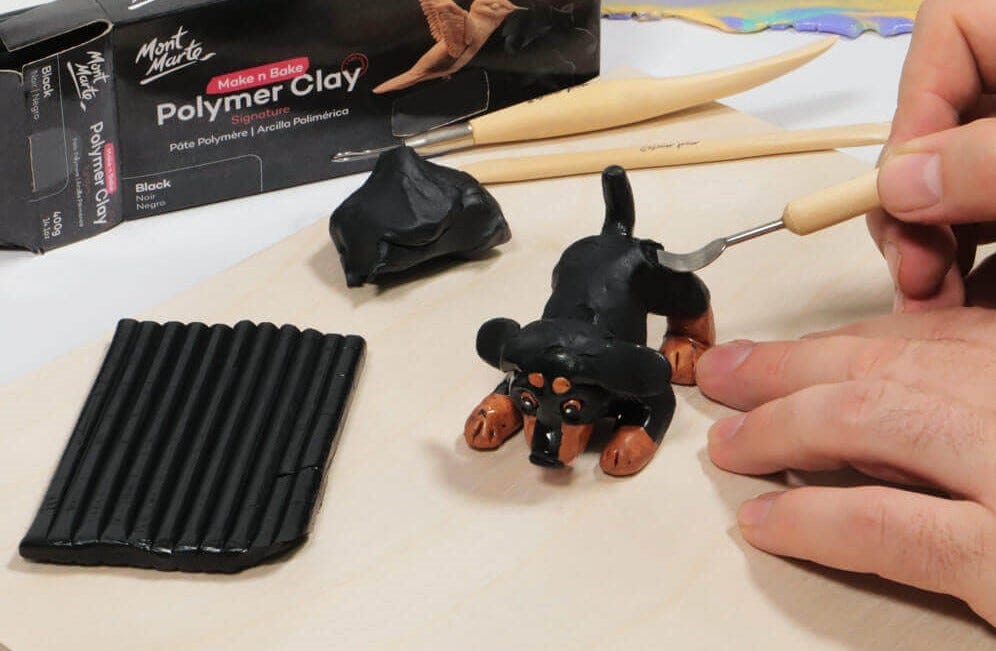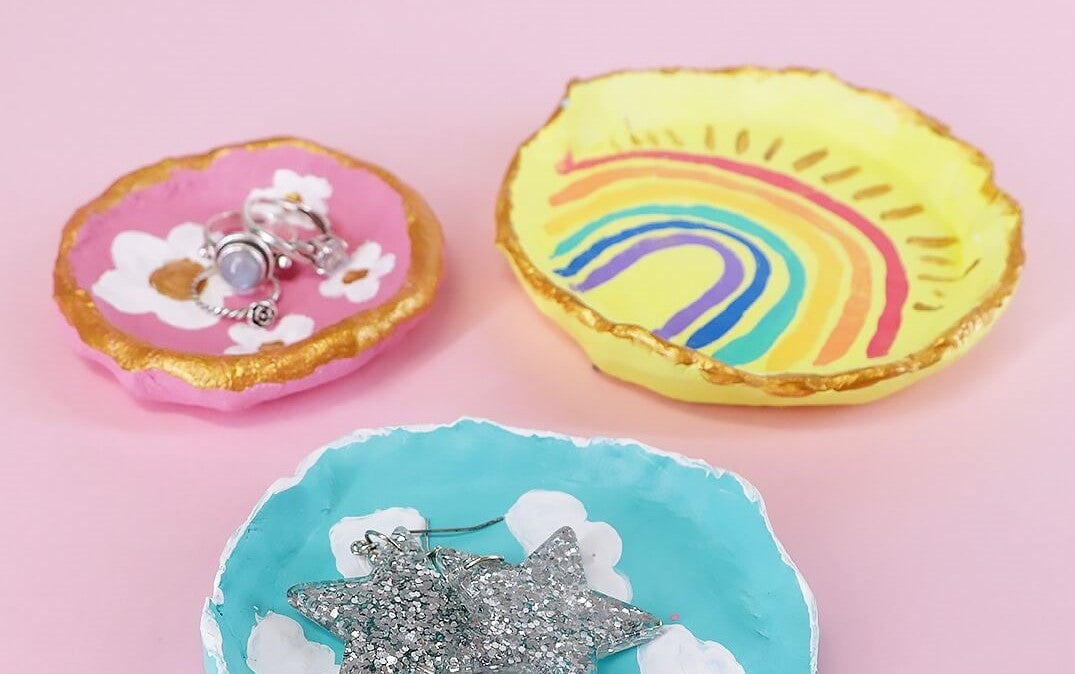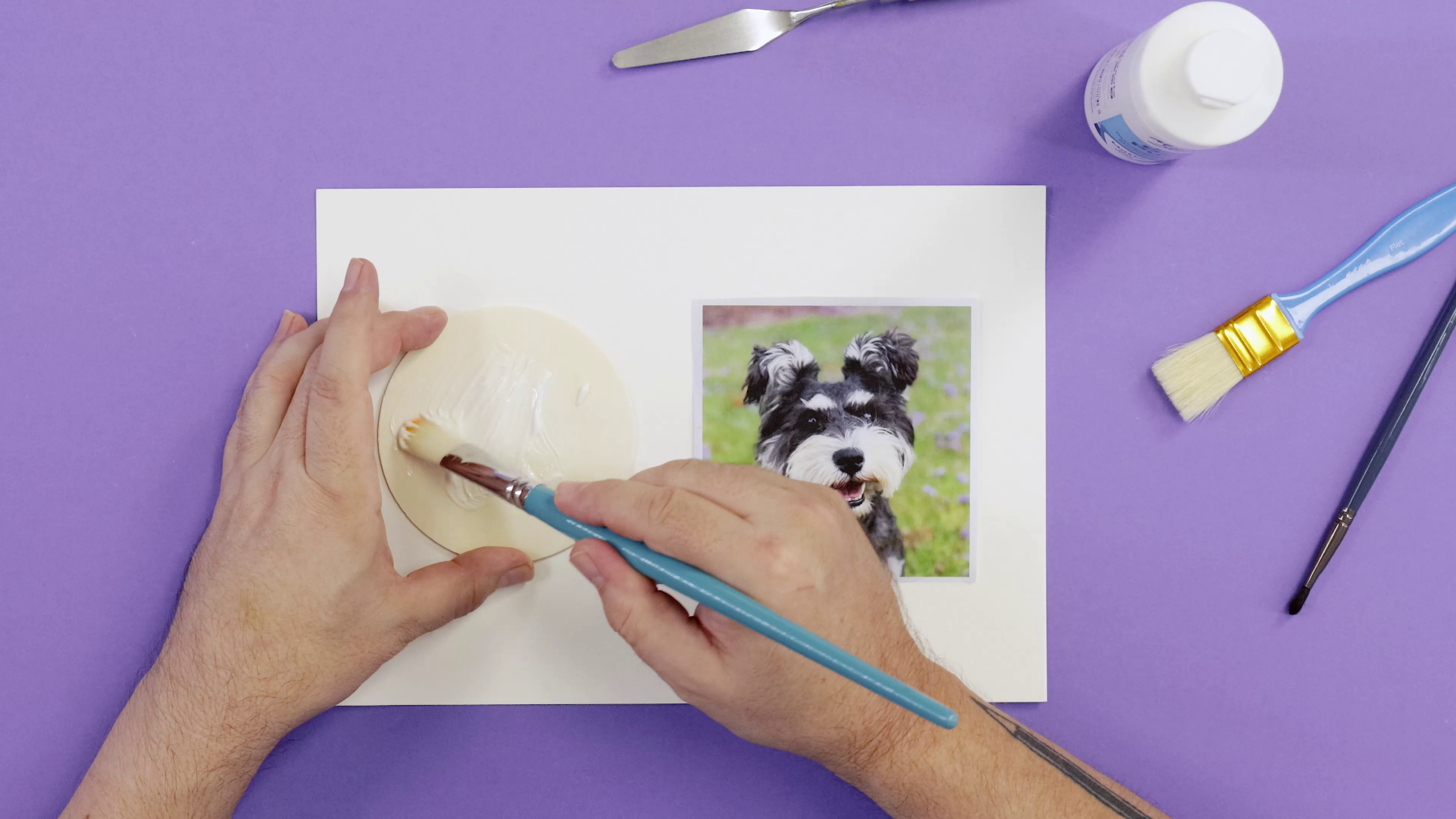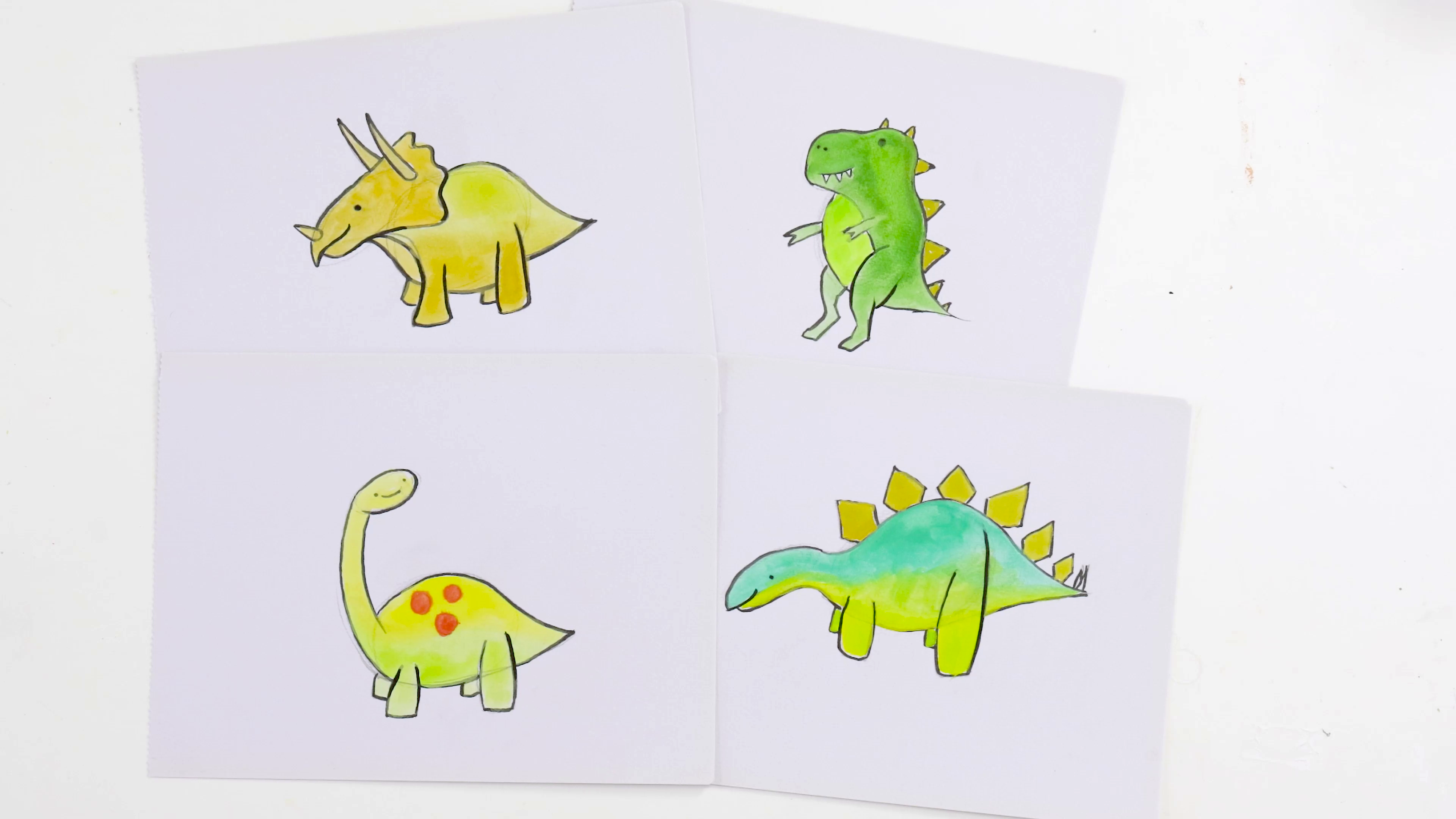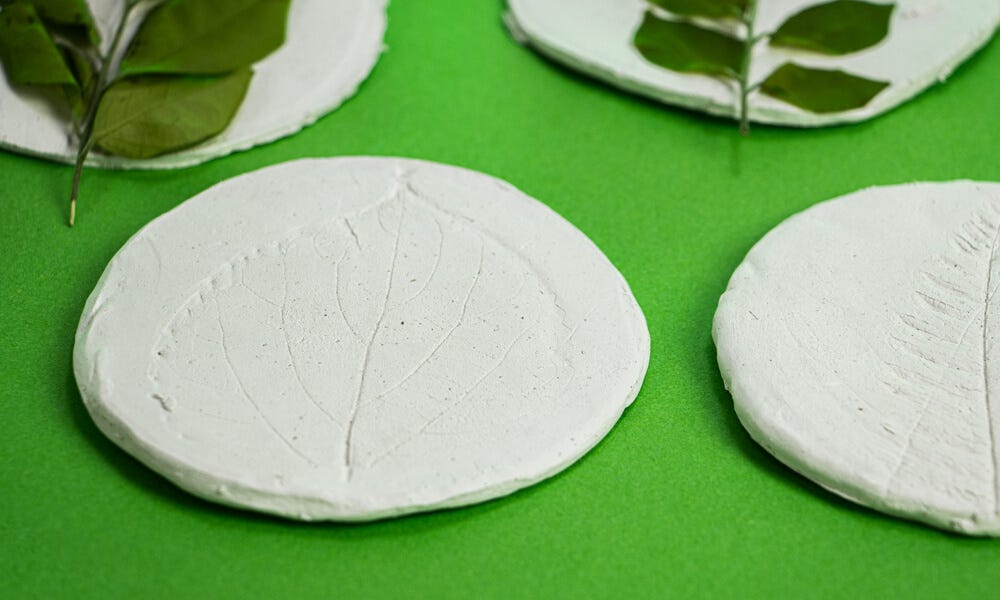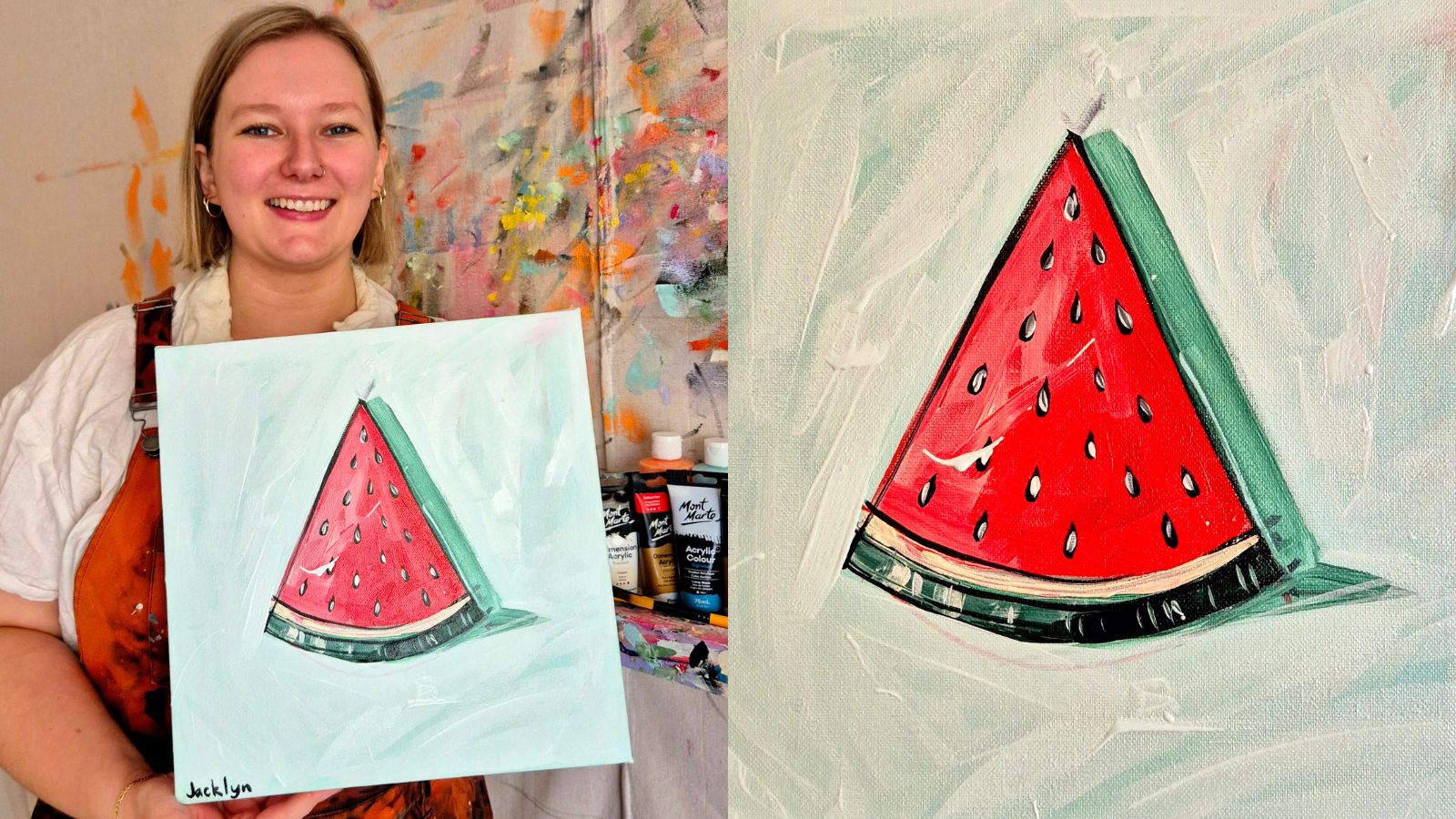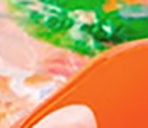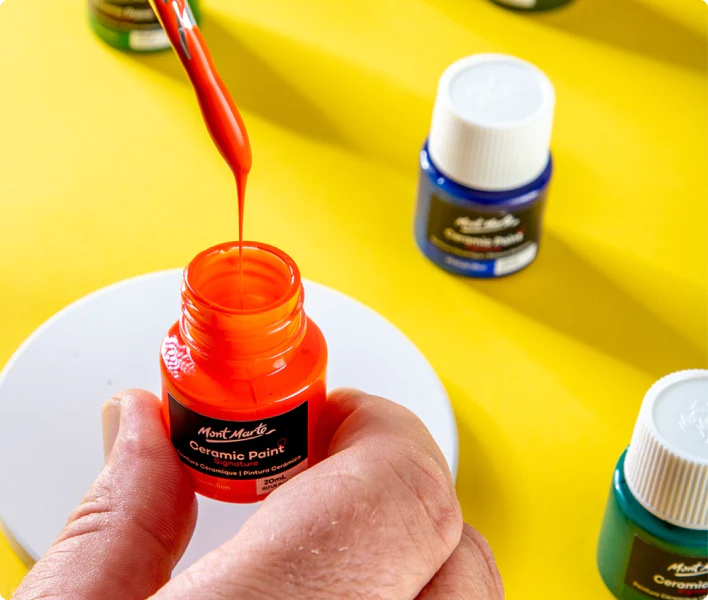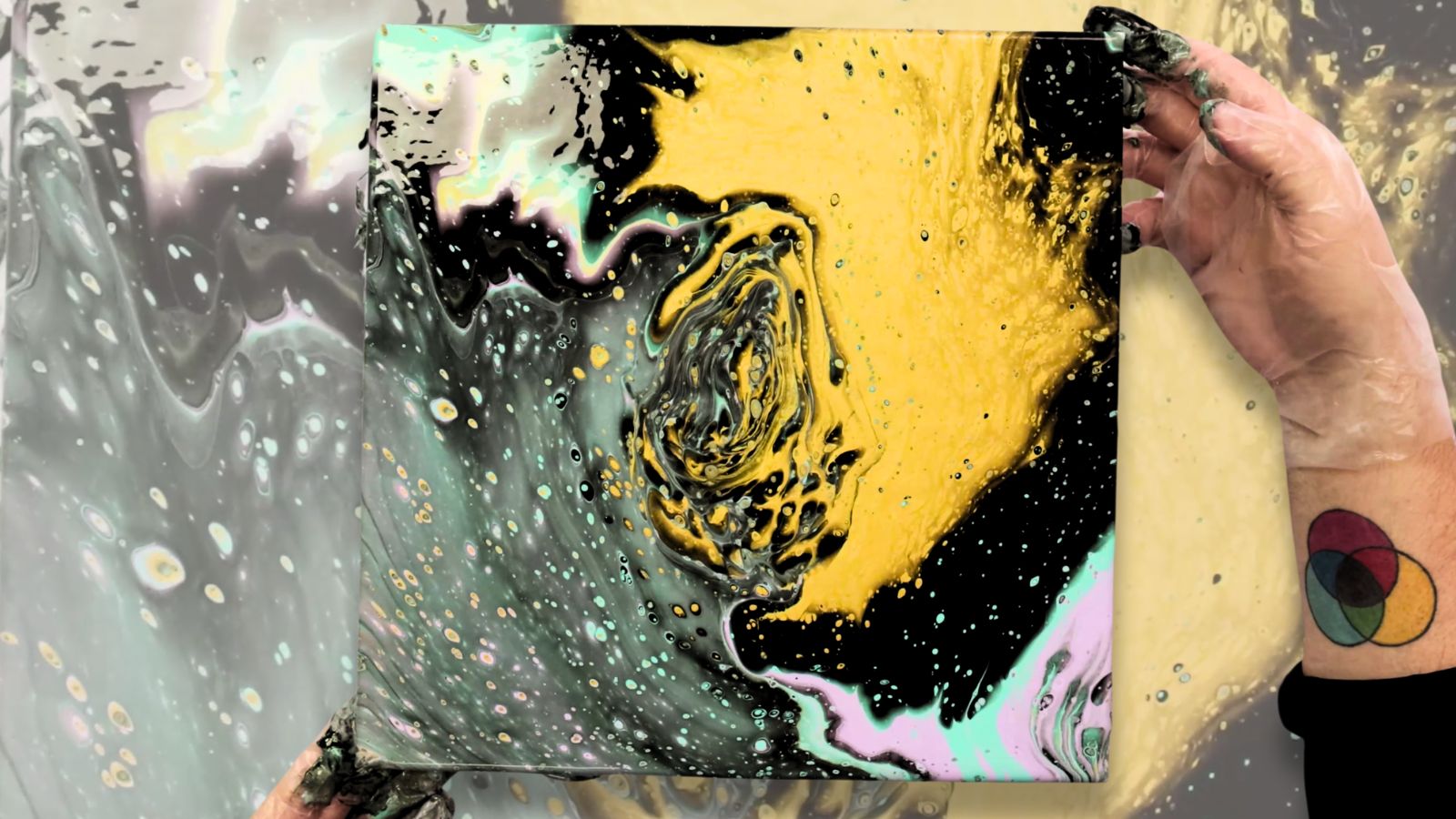The Impressionism art style is all about capturing a vibe or moment in time, whether it's the way light dances on water, the vibrant colours of a sunset, or a fleeting expression. If you're new to this art style, you're in for a treat! In this blog, we'll walk you through some of the key techniques that define Impressionism, giving you the tools to start creating your own beautiful, light-filled paintings.
1. Broken colour technique
One of the hallmarks of Impressionism is the use of broken colour. Instead of blending colours smoothly on your palette, try applying them directly to the canvas in small, distinct strokes. This technique allows the viewer’s eye to mix the colours at a distance, giving your painting a vibrant, dynamic feel. Some people describe the colours as ‘vibrating’ when they optically mix, adding to the movement of your art.
To start experimenting with broken colour, choose a subject with a variety of shades, like a flower garden, sunset, etc. Use a variety of small brushes or even a palette knife to apply your colours in quick, short strokes. For example, when painting a green leaf, instead of using one solid green, dab on various shades of green, yellow, and even a hint of blue. Don’t worry about blending these colours; let them sit side by side. Step back from your painting regularly to see how the colours interact from a distance. The key is to layer your colours without overmixing them, allowing the eye to do the blending for you.
2. Loose brush strokes
Impressionist paintings are known for their loose, almost sketch-like brushwork. This technique focuses on capturing the overall impression of a scene rather than the fine details, giving your work a sense of spontaneity and movement.
Begin by picking a scene with movement, like a windy landscape or a busy street. Use a medium or large brush and work quickly, making broad, sweeping strokes to capture the general shapes and colours of your subject. Don’t get bogged down in the details, focusing instead on the big picture. For instance, when painting a tree, start by loosely blocking-in the trunk and main branches with broad strokes. Then, use a flicking motion to suggest the leaves, rather than painting each one individually. The idea is to convey the energy and movement of the scene rather than an exact replica. Remember, the goal is to paint how the scene feels, not how it looks up close.
3. Try ‘en plein air’
Impressionist artists were pioneers of painting ‘en plein air’, which means painting outdoors. This technique is all about capturing natural light and capturing how it affects your subject in real-time.
To get started with en plein air painting, pack up your essential supplies—paints, brushes, a small canvas, and an easel—and head outside. Find a spot that inspires you, whether it’s your garden, a local park, or a riverside. Set up your easel and choose a composition that interests you. Working outdoors means you’ll need to paint quickly as the light changes throughout the day. Start by blocking in the basic shapes and colours of your scene. Don’t worry about details at this stage; focus on capturing the general atmosphere and lighting. As you progress, you can add more detail, but keep your brushstrokes loose and fluid. The aim is to capture the mood and light of the scene before you, so embrace the unpredictability of working in natural conditions. Most importantly, breathe in the fresh air and focus on creating an artwork that reminds you of how the space makes you feel.
4. Painting highlights and shadows
Understanding how light affects colour is key to mastering Impressionism. Instead of using black to darken colours, Impressionists often used complementary colours to create shadows and depth, so their paintings stay vibrant and full of life.
To experiment with this technique, choose a simple subject like a bowl of fruit or a landscape with strong lighting. Start by observing how the light falls on your subject and where the shadows are cast. Instead of reaching for black to create shadows, mix complementary colours to make deeper tones. For example, if you're painting an orange under sunlight, mix in a bit of blue or purple to create the shadowed areas. This will give your shadows a more natural and vibrant look, avoiding the flatness that black can sometimes bring. Similarly, use warm colours like yellows and oranges to highlight areas where the light is strongest. Play around with these colour interactions to see how they bring your painting to life.
5. Impasto technique
Impasto is a technique where paint is applied thickly onto the canvas, creating texture and dimension. In Impressionism, impasto can be used to emphasise light and reflection, giving the painting an almost sculptural feel.
To get started with impasto, you'll need thick paint—acrylics or oils work well for this technique. Oils are great to apply directly from the tube, but you may want to thicken your acrylics with Impasto medium (or else try our Dimension Acrylics). Using a palette knife or a stiff brush, apply the paint to your canvas in thick layers. For example, if you're painting a scene with water, use impasto to create the highlights where the light hits the water’s surface. Apply the paint in short, deliberate strokes, and don’t be afraid to let the texture of the paint stand out. This technique is all about creating depth and movement, so play around with the thickness of your paint and the direction of your strokes to create different effects!
Impressionism is a freeing art style that’s great for getting comfortable with light, colour, and texture. Try out these techniques and learn how to capture the essence of a scene rather than the fine details. Grab some paints, Impasto, palette knives, and a canvas to explore Impressionism at home.
If you feel inspired to create something, #montmarteart or tag us @montmarteart on Instagram or Facebook. We’d love to see what you come up with! Check out our tips and techniques page for loads more ideas and inspo.
To stay up to date with our latest products, art lessons, how-tos, hacks, and more, subscribe to Creative Connection by entering your email down below.


